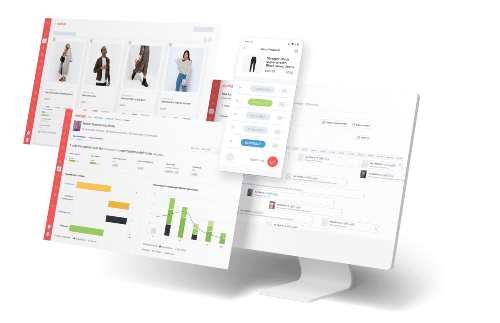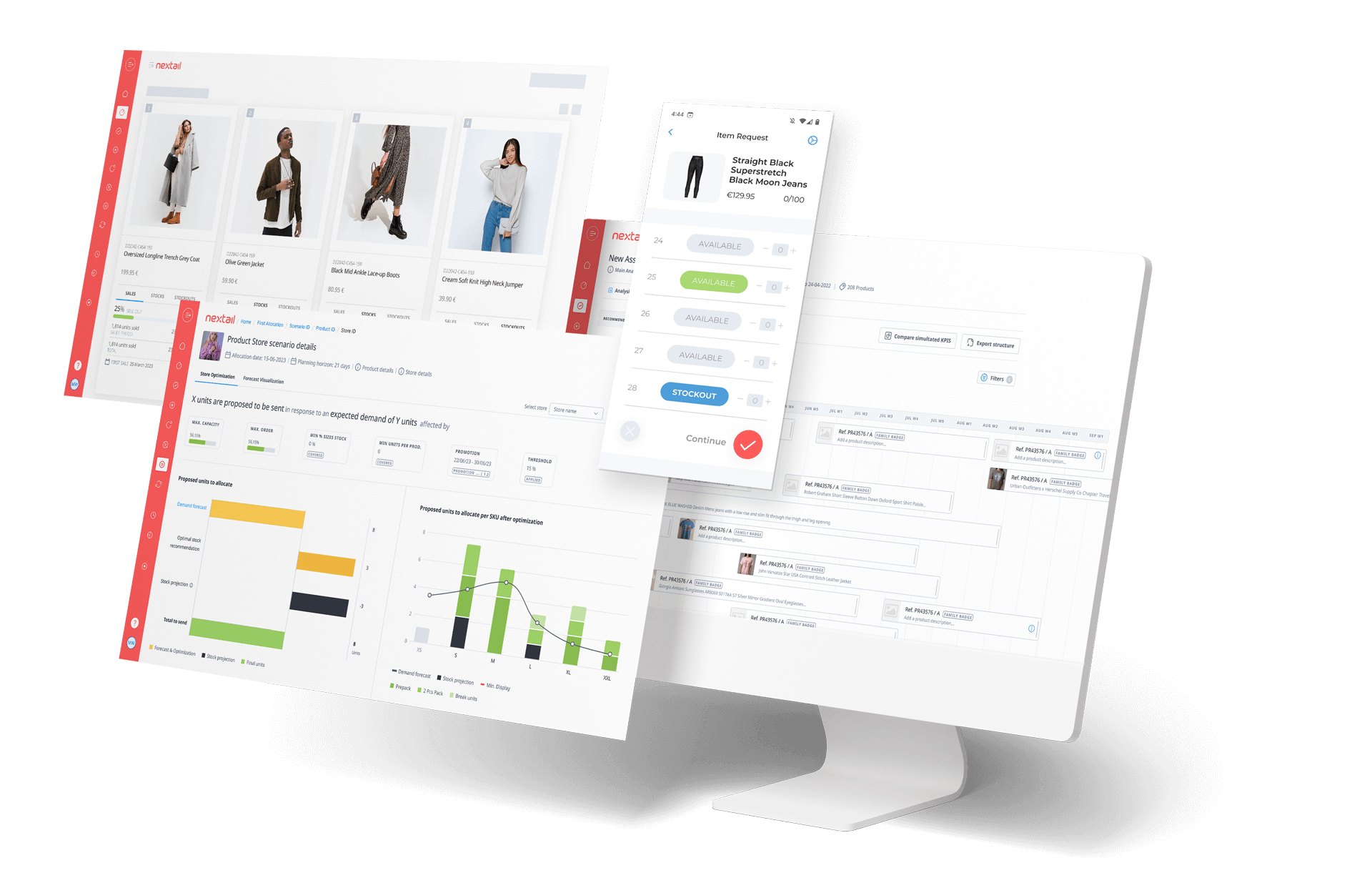Apr 21 2021 ...
Webinar: Post-COVID Retail – Speeding up recovery & anticipating new demand patterns
In this on-demand webinar, you will:
- Learn how to speed up retail recovery from lingering challenges of COVID-19
- Gain insight on preparing for the demands of the “new retail” landscape
- Hear how international accessible jewellery brand Aristocrazy is taking an agile approach to merchandising, ensuring availability and flexibility across channels.



